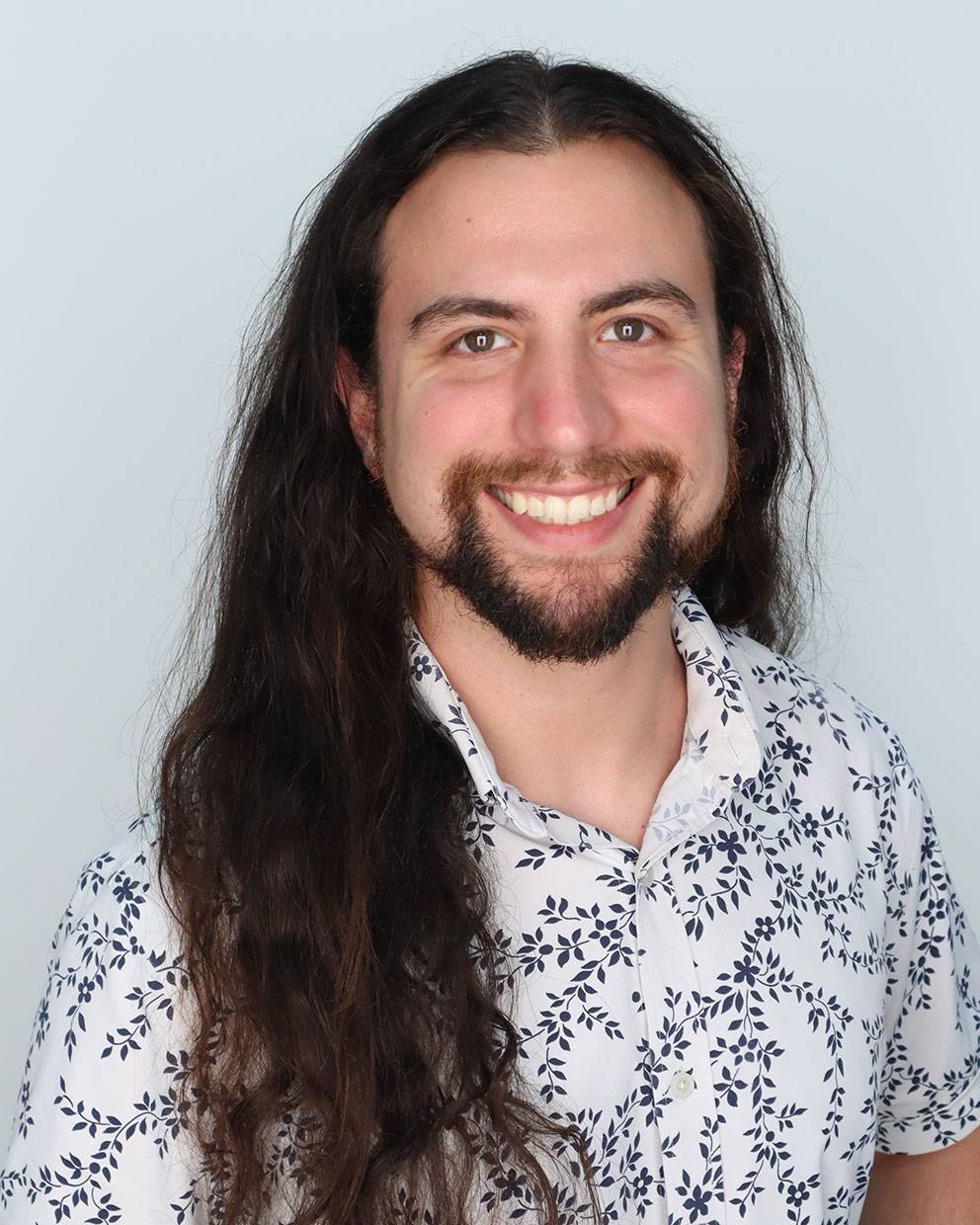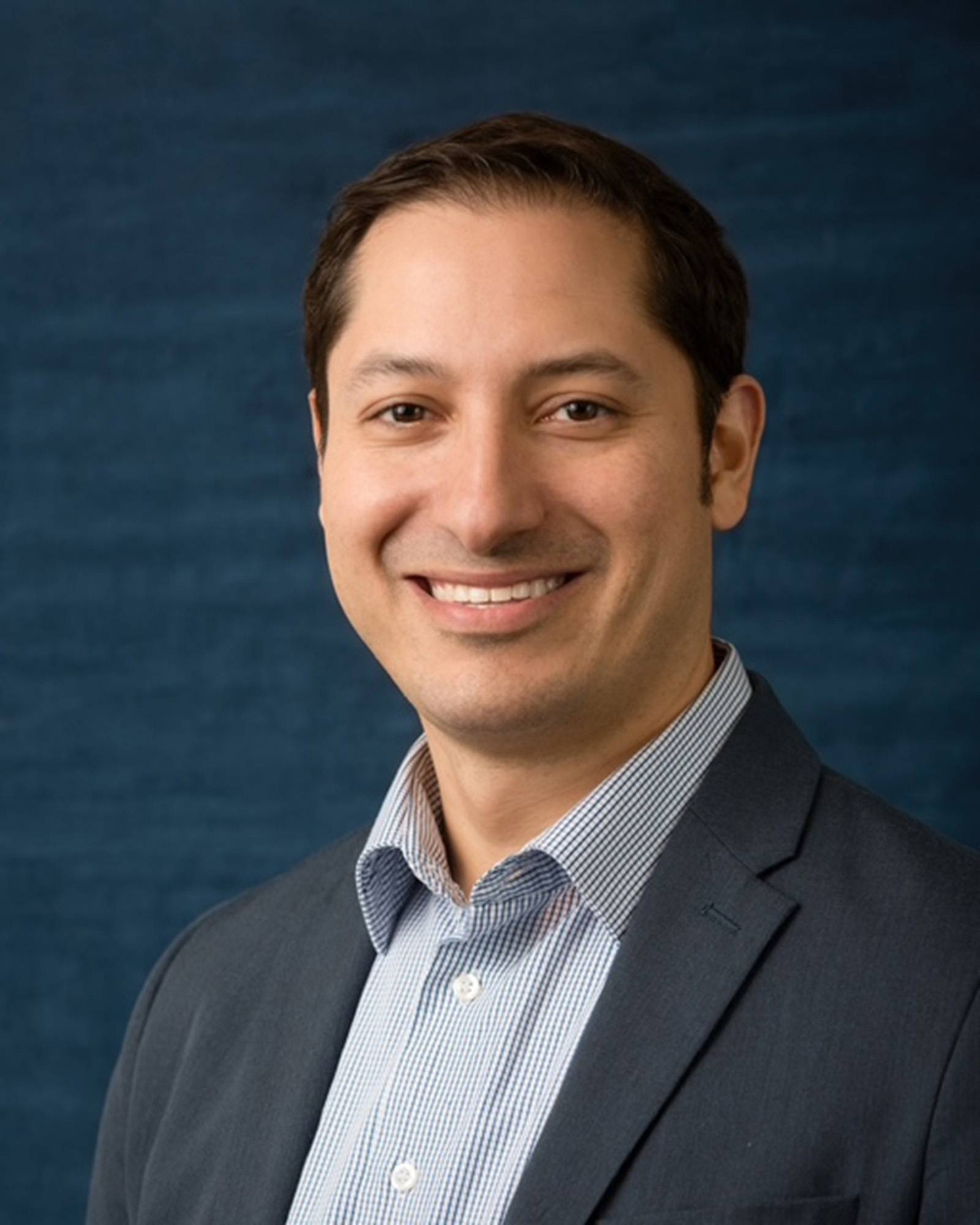The Graduate College at Texas State University is hosting the 16th Annual Graduate Student Research Conference (GSRC) at the San Marcos Campus on April 8 from 4-6 p.m. in the LBJ Student Center Ballroom. More than 80 graduate students from various disciplines at TXST and other institutions in Texas will present their research or projects in the form of a poster session.
GSRC will open with welcome remarks from The Graduate College, followed by a faculty panel, Navigating the Research Journey: Tips and Strategies for Graduate Students. Attendees are encouraged to engage with presenters, network, and enjoy snacks while learning about innovative graduate student research.
The conference is free and open for all TXST faculty, staff, and students, including undergraduate students. The conference provides an ideal platform for creating synergy and fostering the exchange of ideas and innovation. The following graduate students are among those showcasing their research at this year's conference:



